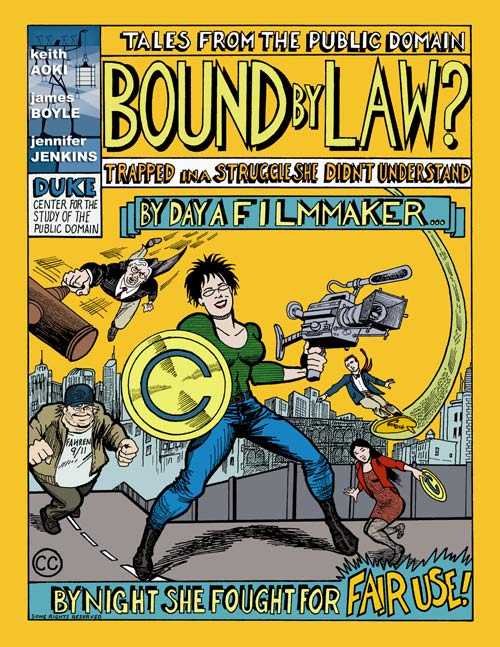In my as-of-yet unpublished dissertation I have found a wealth of solid research supporting the incorporation of multi-modal forms of "writing" in composition:
Sheltzer and Warshauer (2000) write, “Language professionals who have access to an Internet computer classroom are in a position to teach students valuable lifelong learning skills and strategies for becoming autonomous learners” (p. 176). Those without access or with limited access are at a distinct disadvantage.I frequently share that many instructors (I can think of 3 off the top of my head now, and I think earlier I counted as many as 11) use multi-modal (or media) projects in composition 1. I also share that this project was the teaching demonstration that impressed my hiring committee when I got this job. We took a museum tour where the docents explained how art was composed - in many of the same ways the written word is composed.
Teachers, in preparing content for digital modes of instruction delivery, have too often tended to, “transpose books and lectures, and so they miss the opportunity for use of the computer for creating responsive and active learning environments”(Bork, 1985. p. 7 cited in Alvi text but not referenced in their works cited).... Researchers (Lunsford, 2006; Jones-Kavalier and Flannigan, 2006; Ito et al. 2008; Lenhart et al. 2007) argue for us to redefine what it means to write in the digital age. Whatever definition we use, we must consider the role of modern web-based communication networks. It is likewise important to note, as Zhao (2003) and others have, that it isn’t the technology that makes the difference for students, but the way it is used.
Cummins (2000) notes that projects making extensive use of instructional technology (IT) can develop language and literacy more effectively than projects that make minimal use of IT. He concluded that this may be through heightened communities built across ethnic, geographical, social and linguistic divides (See also Brown et al., 1998; Cummins & Sayers, 1995).
Language educators should examine the potential of IT not only to increase the linguistic power of the individual student but also to harness that power in critical and constructive ways to strengthen the social fabric of our local and global communities…we should acknowledge the fundamental changes that IT is bringing to our societies and seek ways to use its power for transformative purposes (Cummins, 2000, p. 539). The diverse student population of our school makes development of literacy and the building of community essential.
If you need to make a presentation to a boss, will you read an image free text - or will you include pictures, charts and graphs? Will video or sound help persuade a manager or sell a product?
And my final question, should colleges prepare students for the workforce of 20 years ago, the work force of today, or the workforce 5 years down the road?









